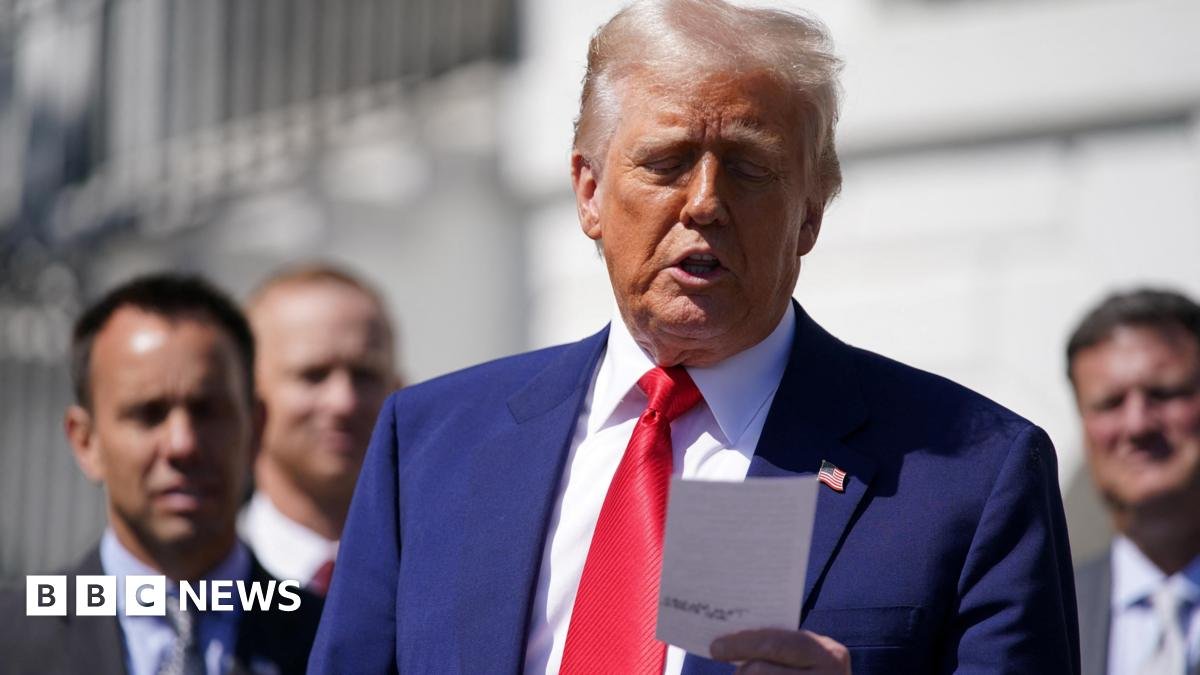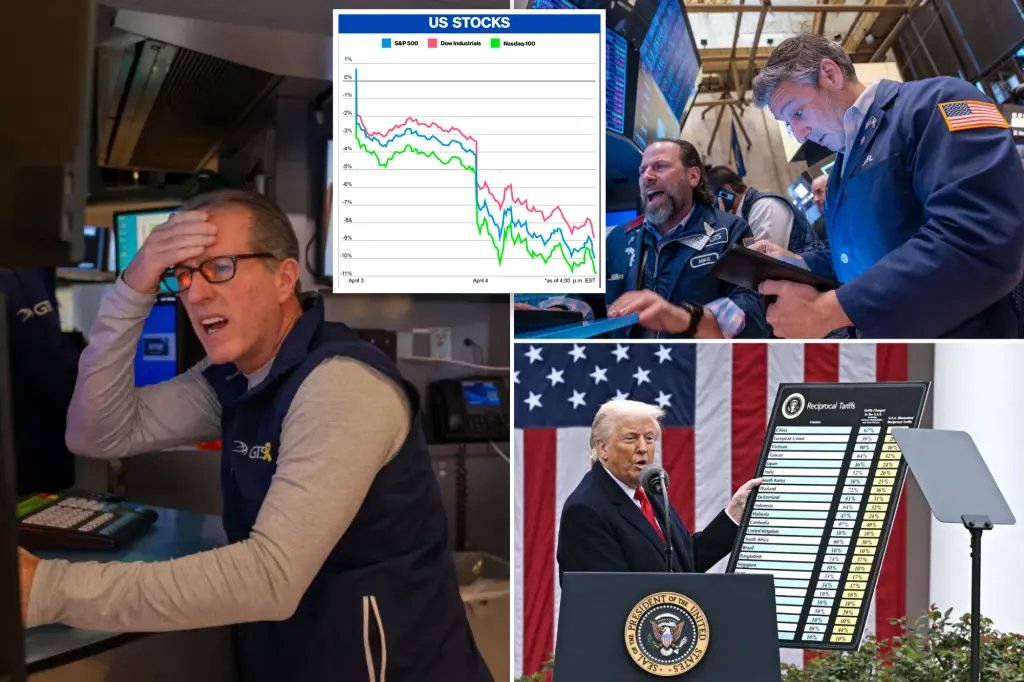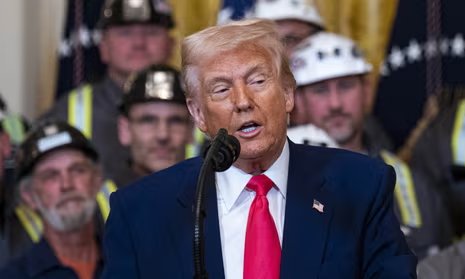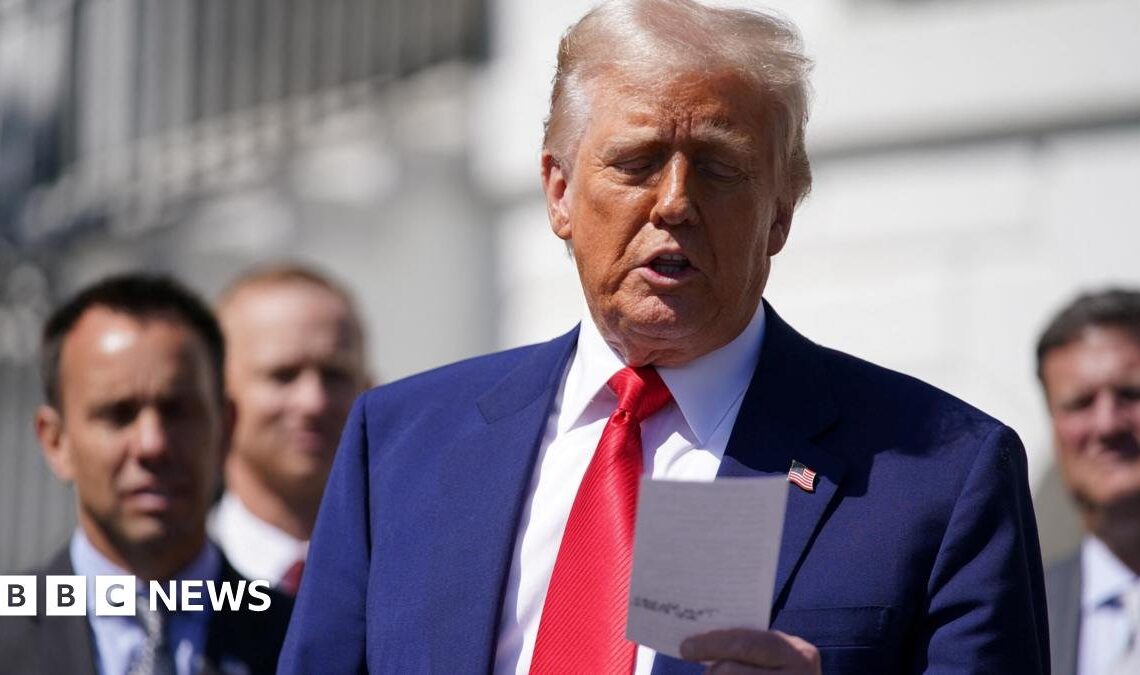In a move that has shocked global markets, U.S. President Donald Trump has announced a 90-day delay in the implementation of tariffs for most countries, including Vietnam. However, the trade tension with China has reached new heights, with Trump imposing an eye-watering 125% tariff on Chinese goods. This bold decision is bound to have far-reaching consequences on global trade relations, supply chains, and market dynamics.

**The 90-Day Tariff Delay: What It Means for Vietnam and Other Countries**
As part of his ongoing trade policy, Trump decided to extend the tariff implementation deadline by 90 days for most countries, including Vietnam. This means that the full impact of new tariffs on goods imported from these nations will be postponed until further notice. This extension comes as a relief to many businesses, particularly those that import goods from countries like Vietnam, where many U.S. companies source products for their supply chains.
This delay in tariff implementation allows companies in these nations a little breathing room, giving them more time to adjust to the changing trade landscape. With the looming uncertainty surrounding international trade, businesses will be able to recalibrate their strategies, avoid sudden price hikes, and reassess their sourcing decisions.
**The 125% Tariff on China: Escalating Tensions**
While Trump’s decision to delay tariffs for most countries is a temporary relief for global markets, the situation with China has escalated significantly. In what can only be described as a major shift in the trade war, Trump has imposed a staggering 125% tariff on Chinese goods. This move marks the highest tariff rate ever applied to any nation in modern history.
This bold step is a direct response to the ongoing trade dispute between the U.S. and China, with the U.S. accusing China of unfair trade practices, intellectual property theft, and currency manipulation. Trump has repeatedly stated that China’s trade policies have been detrimental to the U.S. economy, leading to a trade imbalance that has hurt American businesses and workers.
With a 125% tariff, the cost of Chinese goods entering the U.S. will increase dramatically, which will undoubtedly drive up prices for American consumers. It also puts U.S. businesses that rely on Chinese imports in a difficult position, as they will face higher production costs and may need to shift their sourcing to other countries.

**What This Means for the Global Economy**
The global economy is already feeling the effects of Trump’s tariff policies, and this latest move is likely to create even more uncertainty. Economists warn that the combined impact of the 125% tariff on China and the 90-day delay for other countries could disrupt supply chains, slow global trade, and lead to increased costs for businesses worldwide.
China, for its part, has vowed to retaliate, which could further escalate the trade war. China’s retaliation could involve imposing tariffs on American goods, limiting exports to the U.S., or even seeking legal action through international trade bodies. The U.S. government may face pushback from its trading partners as well, particularly those who have been granted the 90-day tariff reprieve, as they may see this as an opportunity to negotiate more favorable terms with the U.S.
**What Should Businesses Do in Response?**
In the face of these rapidly changing trade policies, businesses need to be proactive in managing their supply chains and tariffs. Companies that import goods from China will need to carefully assess the impact of the 125% tariff on their bottom line and may need to seek alternative sources for their products. For businesses in countries benefiting from the 90-day tariff delay, now is the time to evaluate their trade relations with the U.S. and secure their supply chains to mitigate future risks.
It is also crucial for businesses to stay informed about potential policy shifts and prepare for any new developments in the trade war between the U.S. and China. Long-term planning and flexibility will be key to navigating the uncertainty that this tariff delay and hike will likely create.

**Conclusion: Navigating the Changing Trade Landscape**
Trump’s decision to delay tariffs for most countries while significantly increasing the tariff on Chinese goods marks a pivotal moment in the ongoing trade war. While businesses in countries like Vietnam have some breathing room due to the 90-day extension, the escalating tension with China is likely to have far-reaching effects on global trade dynamics.
As tariffs continue to shift and evolve, businesses must remain agile and adaptable to the rapidly changing environment. By staying informed and adjusting their strategies accordingly, companies can mitigate the impact of these tariffs and continue to thrive in a turbulent global economy.
